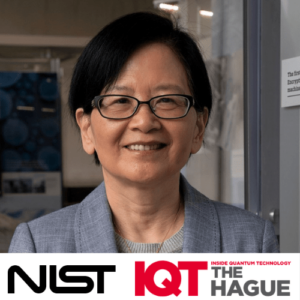Quantum mechanics describes the invisible world of atoms and molecules using quantum superposition states, allowing a physical system to appear to be in two completely different states simultaneously. Quantum computers make use of this mysterious property to carry out computations that are practically impossible with conventional computers, a capability that has attracted much attention in recent years.
Quantum computers use qubits in quantum superposition states of 0 and 1 to execute computations. Any quantum computation is executed with two basic operations, single-qubit gates and two-qubit gates*6. To realize high-performance quantum computers, we need fast and accurate gate operations.
Development of quantum computers is being promoted worldwide, and this has seen the adoption of multiple approaches, with proposals ranging from the manipulation of single atoms or ions to the use of semiconductors and superconducting circuits. The superconducting circuit approach is now seen as having an advantage in terms of realizing quantum superposition states in large circuits, and in the relative ease of achieving the strong coupling of qubits essential for the high-speed execution of two-qubit gates.
Coupling of qubits is done with a coupler (Fig. 1). Until recently, the mainstay devices have been fixed couplers with a constant coupling strength*7, but attention is now turning to tunable couplers, which are seen as offering the adjustable coupling strength necessary to improve performance.
Tunable couplers achieve contradictory requirements: a fast two-qubit gate with strong coupling, along with the ability to reduce errors from residual coupling by switching off the coupling. Also, it is preferable that the qubit used in computations is a fixed-frequency transmon qubit, which is highly stable, has a simple structure and is easy to fabricate. In addition, the frequency of the two qubits that are coupled should be significantly different, as this reduces crosstalk errors, and is robust against deviations from the design values of qubit frequencies, thereby improving yields in device fabrication. The problem here, however, is that no tunable coupler has yet been able to combine complete off-coupling and fast two-qubit gate operations for two fixed-frequency transmon qubits with significantly different frequencies.













